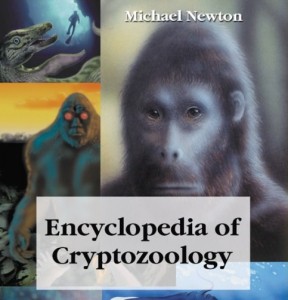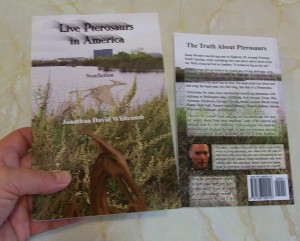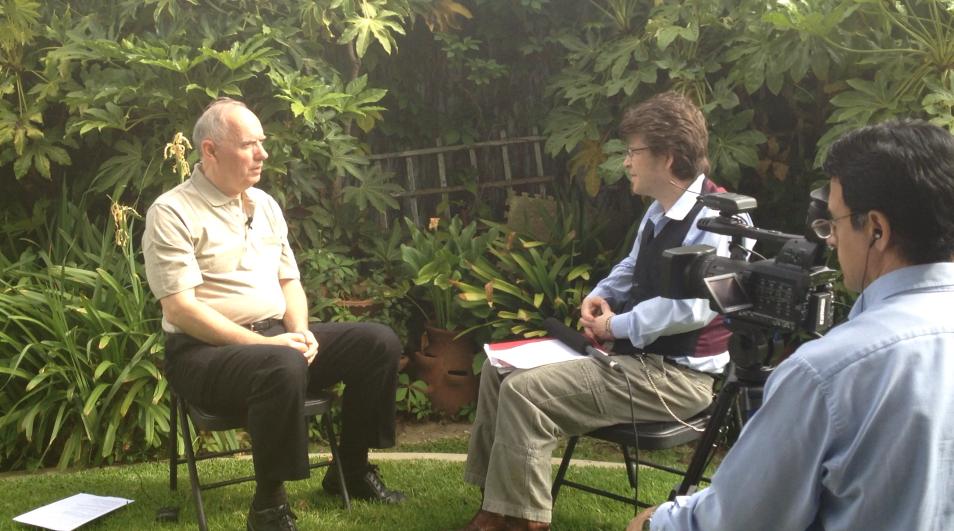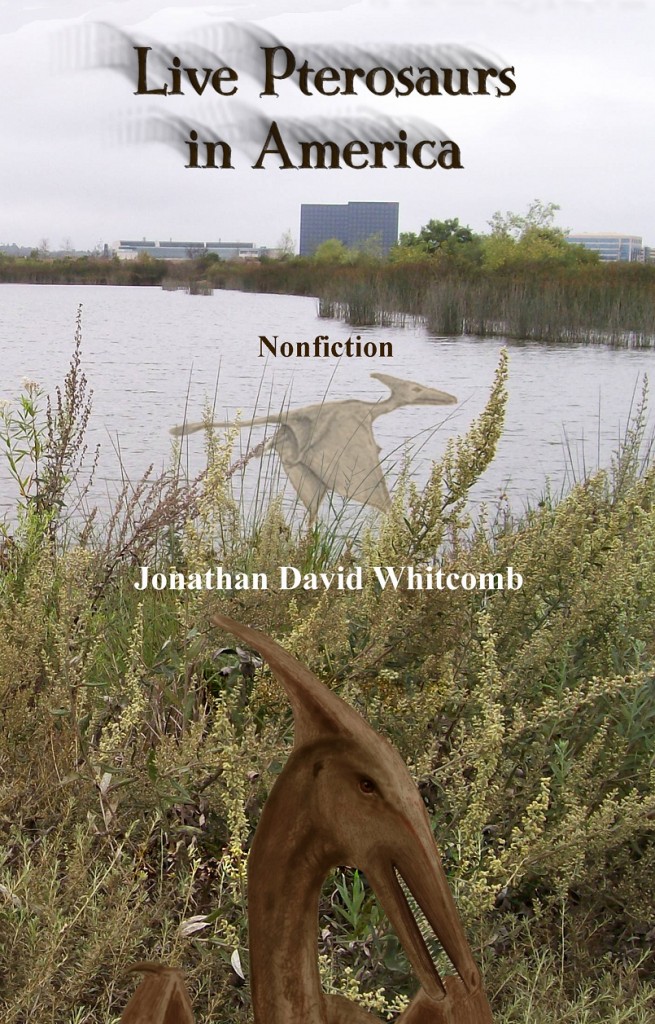I just received my first report of a possible modern pterosaur in China. I don’t know Mandarin or any other Chinese language, so struggling with online translation sites has been difficult; Mandarin and English are very different kinds of languages, not easily translated from one to another by machine, at least not with any reasonable result. But we have just enough help from machine translation to look into this sighting with a possibility of understanding something about it.
By the way, the Mandarin for “pterosaur” is 翼龍
The Mandarin for “wing” is 翼
And the Mandarin for “dragon” is 龍
Apparently, combining “wing” with “dragon” creates “pterosaur.”
 Chinese Mandarin for “pterosaur”
Chinese Mandarin for “pterosaur”
I’ll put the brief excerpts of the original sighting report at the bottom of this post. Here is some of the English as it was translated by the MDBG site (it appears to translate from Mandarin to English better than Google Translate or the Babylon online translator).
When I read the one or two grade, probably so big, about 10 years old. One day, me and a friend, both in us downstairs and jump rope, at that time the Sun was good, I was tired, squinted toward the sky, I see exactly one creature, like birds, but grow up to be like that is rare.
I believe an adult is recounting a childhood sighting, an encounter when he (or she) was ten years old. I suspect that the first few words simply refer to the grade level the child was in at the time. I believe the eyewitness refers to the sun as bright (a later part of the report seems to say that it was at about noon time). The child was skipping rope when he (or she) became tired. (It seems from later in the report that the other child is a girl; I don’t know the sex of the one reporting this.) Up in the sky, something was flying, something bigger than a bird.
As I was a kid’s point of view, it’s volume is very large. Then I describe to others is that it has a number of times as big size about 20 square meters of a room.
Here is my be estimate for the above: “From my perspective as a child, I saw it as very large. . . .” He then compares the area-size of the creature to the size of a room that would have dimensions, in feet, of 13′ by 17′, although he gives no indication of shape for the room. (He later compares the creature’s size to being larger than the area of a roof.) I find it interesting that the eyewitness does not estimate wingspan or length but compares the flying creature (whether dragon or pterosaur) to something in two dimensions, the size in area.
.

A delightful scene somewhere in China
Portions of the original pterosaur sighting report:
在我读小学一、二年级的时候,大概就这么大,10岁左右吧。有一天,我和一个小伙伴,我们两个人在楼下跳绳,那时太阳还是不错的,我跳的累了,就眯起眼睛朝天空看,正好被我看到一个生物,应该说是鸟,但是长成那样的实在是少见了。
照我小时候的的观点看,它的体积是很大的。此后我数次向别人形容的是它有一个房间大概20平方米的大小那么大;
###
.
What do old dragons and old pterosaurs have in common? Celtic dragons had arrows at the end of their tails; they may relate to pterosaur tails. What about those Rhamphorhynchoid pterosaur tails? Are not dragon tails also long? Perhaps most noteworthy are the wings: both pterosaurs and common artistic portrayals of big flying dragons have featherless wings.
.






